Hire a guide then take out a rental boat.
This is the natural progression, as Mark as has described it, for learning the Missouri River. Hiring a guide and asking him/her a bunch of questions allows you to learn the river much faster than through trial and error alone. We’ve recently discussed why you might want to hire a guide first here.
After you have fished with a guide, the next logical step is to try to replicate the experience on your own. If you don’t own a boat, renting a boat is an economical option.
I rented a boat… now what?
If you’ve fished with a guide, he/she probably made rowing look easy. You were probably too busy catching fish to notice how skillfully the guide was maneuvering the boat. Now that you’re in the rower’s seat yourself, it might not seem as easy as you had thought. Just like casting a fly rod, rowing a boat is its own art. However, there are a few things that a novice rower can do to manage a boat more safely and catch more fish.
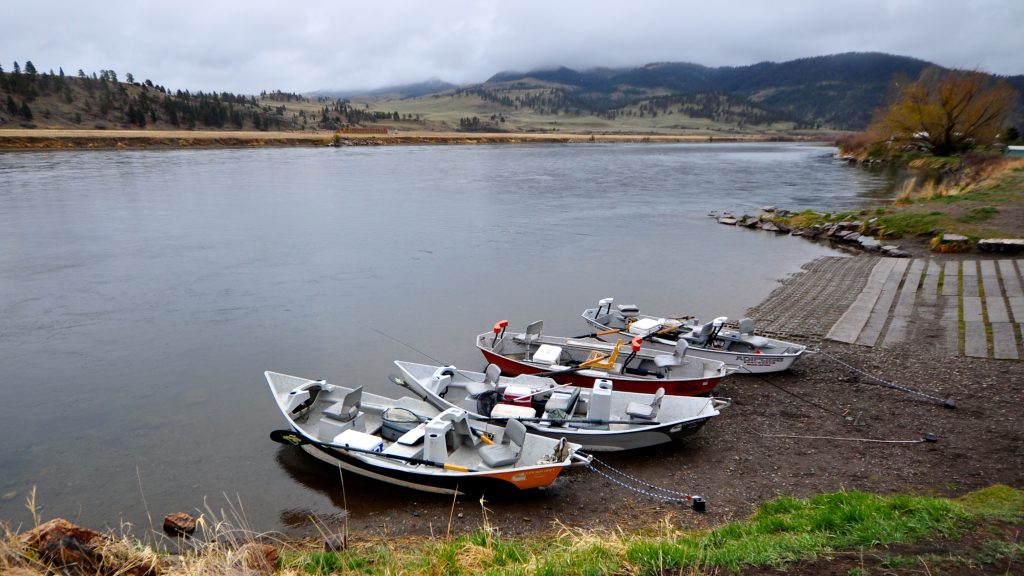
Rowing Tips
1. Row Backwards
Rowing backwards means you are pulling the oar handles back towards your chest. Rowing backwards means you are rowing the boat in an upstream direction and slowing the boat down. This seems straight forward, but a lot of new rowers get into trouble by trying to push the boat forward instead of rowing backwards. The river is always trying to push you downstream. Rowing backwards counteracts this force giving you more time to maneuver around obstacles.
2. Point The Stern Away From Trouble
Once you are comfortable rowing backwards, you’ll notice that the boat will move in the direction that the stern (back) of the boat is pointing. If you want the boat to go left, you must angle the back of the boat to the left while rowing backwards. If you want the boat to go right, you must angle the back of the boat to the right while rowing backwards. If you want the boat to go straight, you should have the back of the boat pointing directly upstream.
Hypothetical situation:
You’re approaching one of the many bridges that span the Missouri River. The current is pushing you towards one of the mid-river bridge abutments. You want the boat to go to the right of the abutment. What do you do?
You should point the back of the boat to the right of the abutment and row backwards. This will move the boat towards the right side of the river. Rowing backwards will give you the added advantage of slowing the boat down so that you have more time to avoid the obstacle.
A common mistake we see novice rowers make is pointing the boat in the direction that they are trying to go and pushing the boat forward instead of the procedure described above. This can get you into trouble. Pushing the boat downstream in the same direction as the current will make the boat start to move very fast. This lessens the time that you have to avoid obstacles and accelerates you into danger.
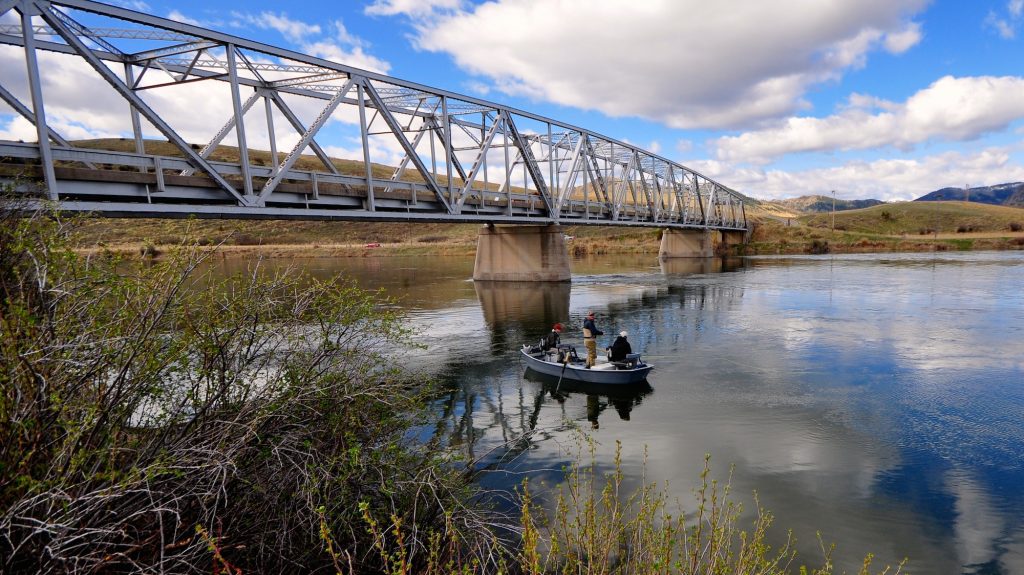
3. Don’t Go Sideways
There are times when you want the boat to be sideways, like when you are crossing from one side of the river to the other. But, as a general rule, allowing the boat to go downriver sideways is a bad idea. If you hit a rock or other obstacle while you are sideways, it is very easy for somebody to fall out of the boat. Hitting an obstacle sideways is also more likely to damage the boat. Drifting sideways can cause your downstream oar to get jammed into the bottom of the river and run over by the boat. When this happens, the oar can break or shoot out of the oarlock like a missile causing harm. At the very least, you might find yourself chasing a lost oar downstream.
4. Be Aware and Anticipate
Be aware of your surroundings at all times. Just like driving a car, you should have a constant sense of what is going on downriver, upriver, and alongside of your boat. Watching downriver will alert you to upcoming obstacles. Watching upriver will allow you to be courteous to other boaters by not cutting them off.
Try to anticipate things before they happen. If you feel a gust of wind coming, anticipate what you are going to have to do in response. If you stop rowing to net a fish, think about what the boat is going to do when you let go of the oars. Try to row proactively rather than reactively. Don’t let danger sneak up on you.
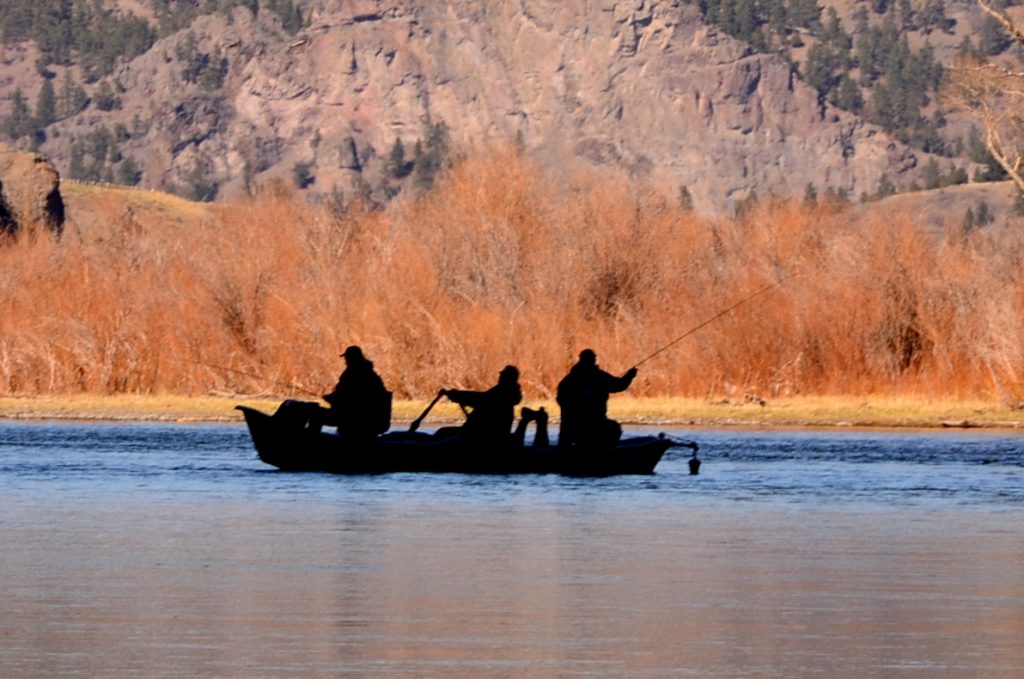
5. Be Smart With Your Anchor
Do not think of your anchor as an emergency “stop” switch. Anchoring in water that is too deep or fast can sink your boat. Always anchor under control. It is a good idea to hold onto the anchor rope and lower the anchor manually rather than just stomping on the brake release. This will allow you to stay in control and track how much rope you have let out. After the anchor has reached the bottom, continue to let out rope so that the anchor rope is not at too steep of an angle.
Do not put a knot in the end of the anchor rope. This could put you in a dangerous situation if you attempt to anchor in water that is too deep. That being said, unless you are in an emergency, do not let all of the anchor rope slip through the brake resulting in a lost anchor. It is surprising how many rowers, even very knowledgeable ones, forget that their foot is on the anchor release and lose their anchors each year.
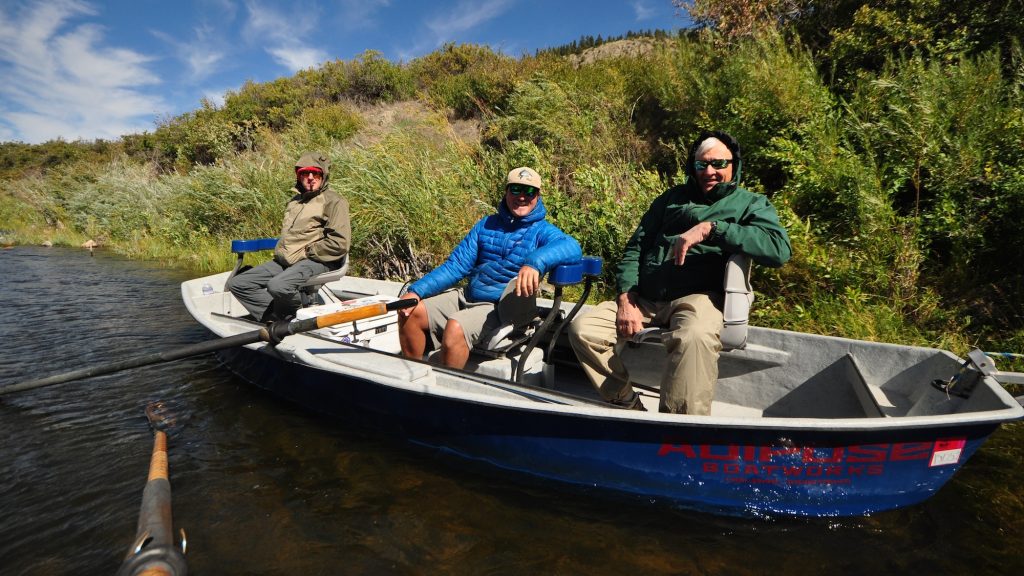
6. Be Courteous
When driving in traffic, good drivers are courteous. Rowing the river is no different. Do not cut off other boats. If you want to cross the river, look upriver first. Do not row across river and start fishing directly downstream of another boat. Get out of the way and wait for the other boat to pass if necessary.
Do not drop the anchor in the middle of a productive run. If you need to take a break or deal with a tackle malfunction, row to the bank of the river first. This is the safe and courteous thing to do.
When driving in town, good drivers must watch out for pedestrians. The same is true on the river. When rowing a boat, you must be on the lookout for wading anglers. Give them plenty of room. You are able to cover much more water floating than wading anglers are able to. Be respectful and give wading anglers a wide berth.
Leave plenty of space between your boat and other boats. Don’t “tailgate” other boats. The Missouri River is a big river. There’s no reason you should ever have to be in close proximity to another boat, unless you’re sharing a beer with your buddies.
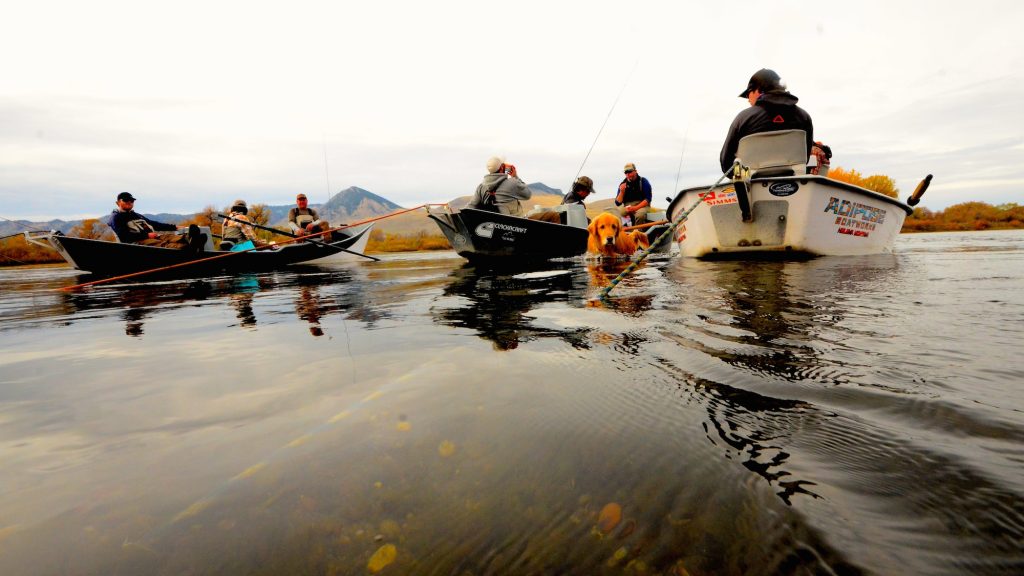
Rowing a boat is its own art. In addition to the above list, there are many other factors that contribute to great rowing. Adhering to these guidelines is a great way to start.

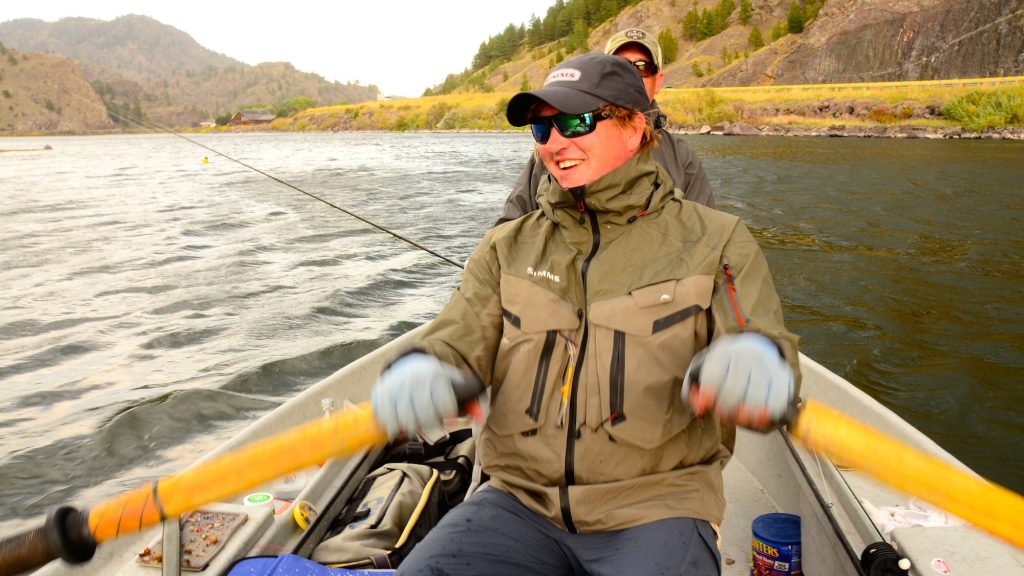
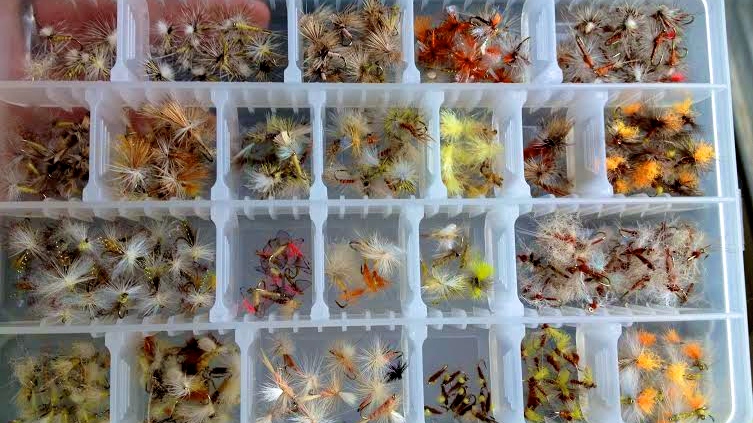

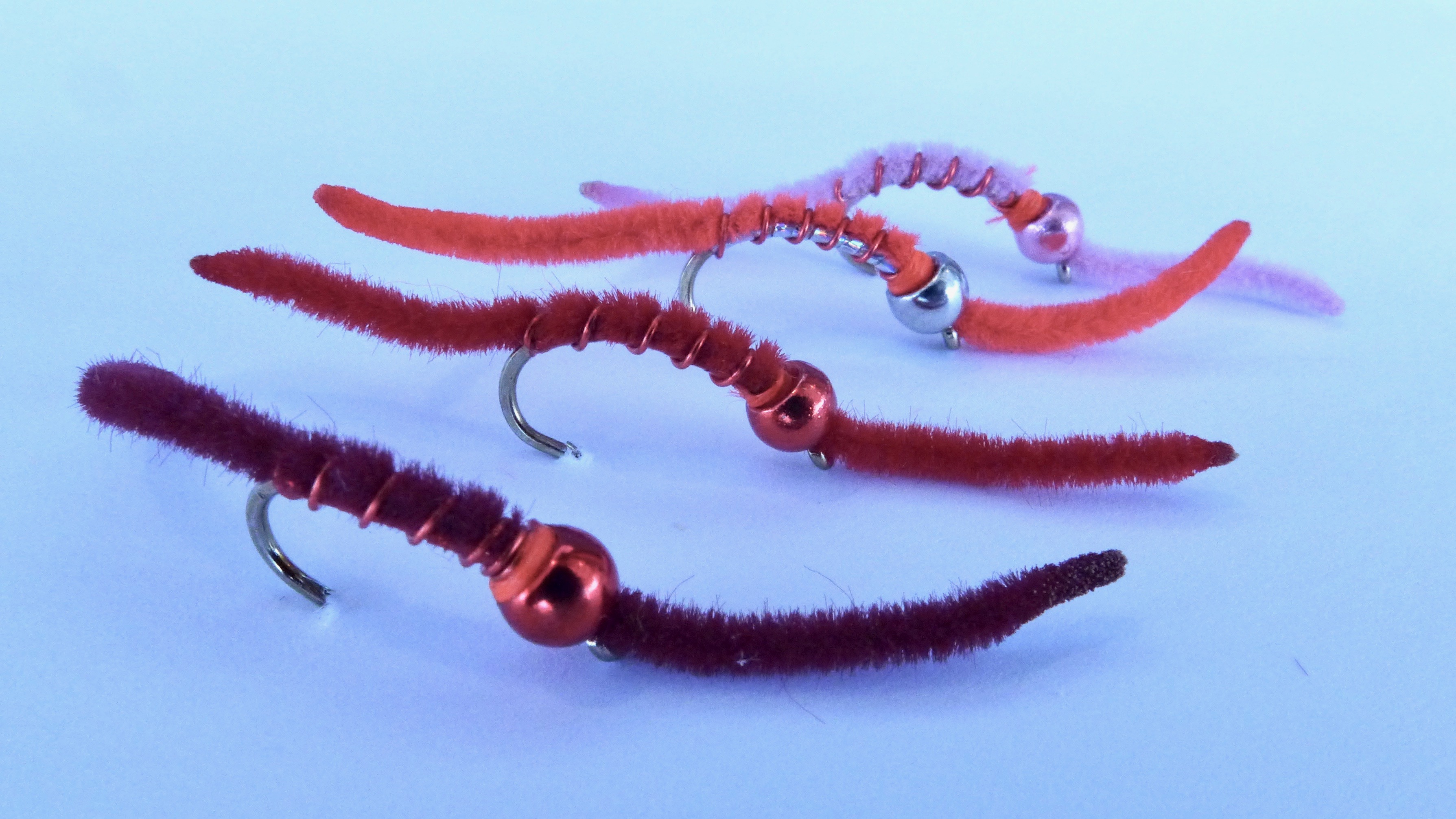
3 Comments.
Excellent information. Well done!
When I first got my boat I was floating down the river sideways with the oars in the water. I floated upon a shallow part of the river and as you described my down stream oar jammed into the river bottom. Instead of rocketing out of the oar lock the oar became jammed into the oar lock and began to lift the down stream side of the boat. I quickly grabbed the oar and pulled down as hard as I could which dislodged the oar from the bottom of the river and boat fell back down. I narrowly avoided capsizing the boat and fortunately the only casualty was my pride. I then had to use a section of my spare oar to pry the oar out of the oar lock. Ever since I pull the oars completely out of the water when I am going let go. I am admitting to this dumb mistake in hopes that it my save someone else from a similar error in judgment. Thanks for the great post see you soon.
Terry, we’ve probably all done something like you described at some point. All we can do is learn from our mistakes. See you soon!